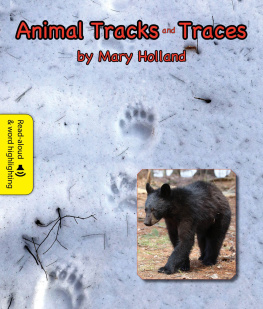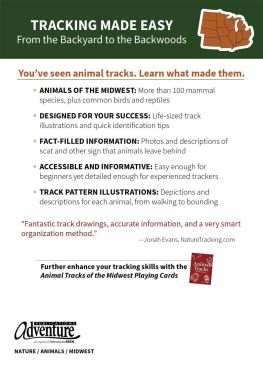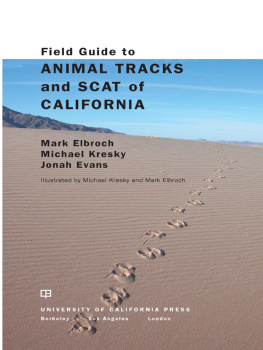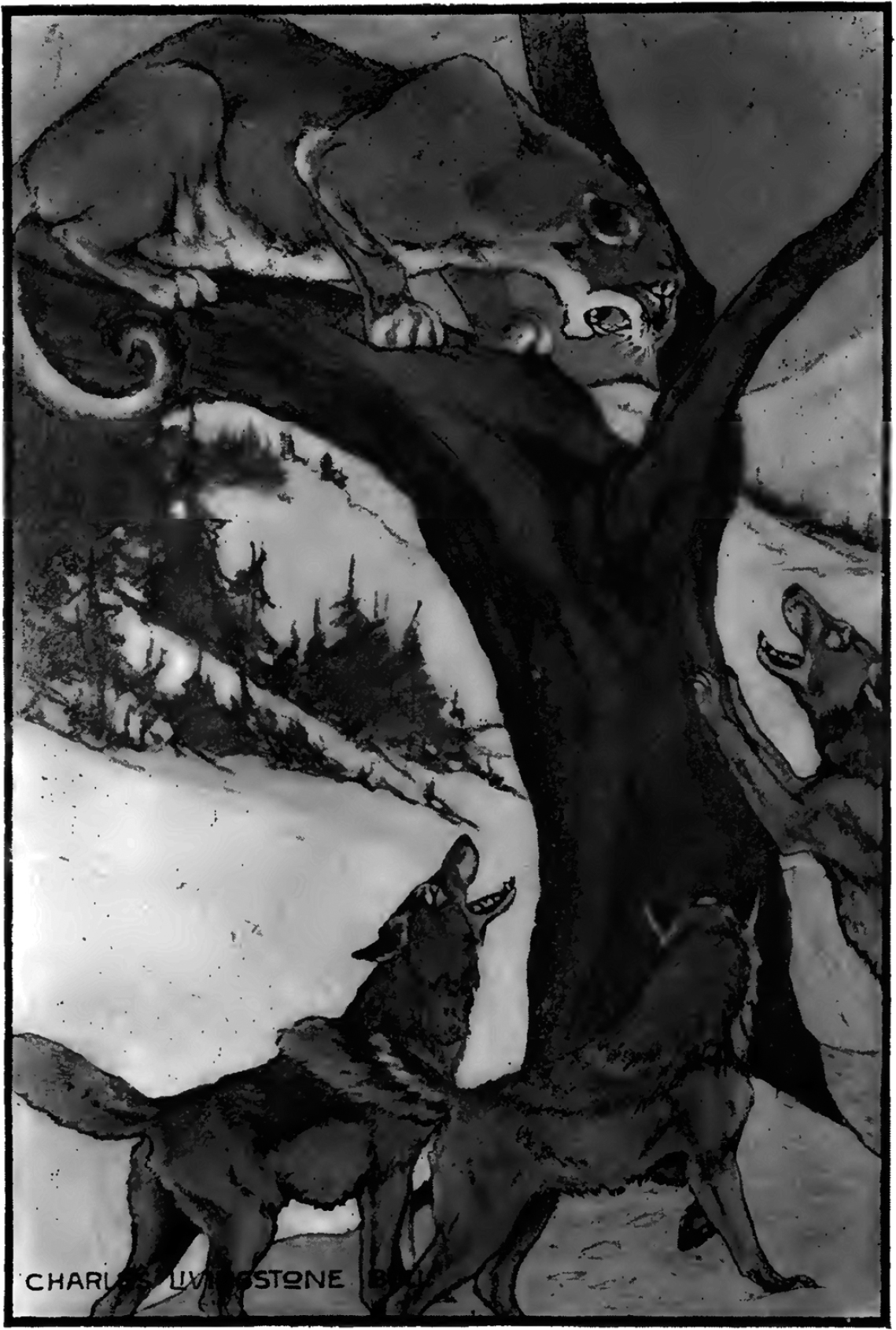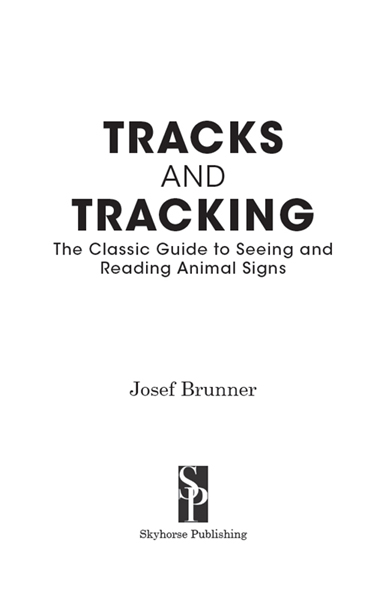First published in 1923
First Skyhorse Publishing Edition 2014
All rights reserved. No part of this book may be reproduced in any manner without the express written consent of the publisher, except in the case of brief excerpts in critical reviews or articles. All inquiries should be addressed to Skyhorse Publishing, 307 West 36th Street, 11th Floor, New York, NY 10018.
Skyhorse Publishing books may be purchased in bulk at special discounts for sales promotion, corporate gifts, fund-raising, or educational purposes. Special editions can also be created to specifications. For details, contact the Special Sales Department, Skyhorse Publishing, 307 West 36th Street, 11th Floor, New York, NY 10018 or info@skyhorsepublishing.com.
www.skyhorsepublishing.com
10 9 8 7 6 5 4 3 2 1
Library of Congress Cataloging-in-Publication Data is available on file.
Cover design by Jane Sheppard
Cover photo credit: Thinkstock
Print ISBN: 978-1-62914-458-0
Ebook ISBN: 978-1-63220-152-2
Printed in the United States of America
CONTENTS
FOREWORD
T O derive the greatest pleasure from the pursuit of game, either large or small, it is necessary that the disciple of Nimrod be versed in the science of interpreting the meaning of tracks and trails. Nature is as an open book to the man who can read the signs of the woods and plains correctly; and where the uninitiated see only meaningless tracks, experienced hunters find them in many instances the guide to exhilarating sport and a desired trophy. To the tyro the finest tracking snow is useless and the marks he sees everywhere around him simply bewilder him. Were he able to read them as every hunter should, his days sport would mean enjoyment and success, instead of disappointment and failure.
Game is not so plentiful as it used to be, and for this reason it is generally a waste of timefrom the standpoint of the game bagmerely to tramp through the woods and trust to luck. Moreover, the high-power, small-caliber rifles, which are so extensively used, very often lead to shots at distances at which it is not possible to place an immediately fatal bullet. This makes it the more necessary for the hunter to be able to read the signs correctly and to interpret aright the language of the trails. Every sportsman should consider it a sacred duty to bring to bay any animal he has wounded, and he should also regard it a matter of honor to acquire a working knowledge of tracks, trails, and signs. Then he will not, through ignorance, make carrion or wolf-bait of a noble creature which, in all reason, he should have secured.
A sportsman who is unable to interpret the meaning of tracks he encounters, however much game he may have killed by chance, luck, or with the assistance of others, will be considered a tyro in woodcraft by companions who have learned their lessons in this art.
Lack of opportunity on the part of the majority of sportsmen to become versed in tracking lore by actual experience, as well as the incompetence of a great number of guides, is the reason for this book. The contents represent the experience gained from twenty years of uninterrupted life in the great outdoors; and while only half of that time was spent in the pursuit and study of American game, the foreign experience was a considerable aid in arriving at definite conclusions, for the same species, with but few exceptions, show the same features in their trails the world over.
No space has been given to microscopic intricacies, since in the woods plain tracking lore is intricate enough. In practice whoever looks for exaggerated, fine, distinctive features in tracks and trails soon sees things which a sober-minded expert recognizes as imaginative.

It is generally understood that a track means the imprint left on the ground or snow by a passing creature. From its form and appearance the initiated are usually able to tell the species, and in some cases the variety, of animal that made it. Where the latter is not possible, a succession of tracksthe trail, in shortis almost invariably the means of reaching a proper decision. The expert considers not only tracks and trails, but also the signs, among which are the behavior of animals under certain circumstances, blazed trees, bear logs, beaver stumps and cuttings, excrements, etc., etc. A mere treatise of tracks, trails and signs would in many instances leave the inexperienced man without a comprehensive knowledge; therefore certain actions of the hunted, and notes on hunting methods which have proved practical, although they are not generally known, have been introduced into the text.
It is believed that a thorough study of this book, including the illustrations, will enable the reader to become as well versed in tracking lore as he could by years of actual experience in the woods.
TRACKS AND TRACKING
GENERAL REMARKS
About the Motive Features of Different Animals
T AKING it for granted that the arrangement of the individual tracks in the trail is due to the general anatomic make-up of the animal which made them, we have to consider four groups in the treatise on mammals.
The first , the members of which possess a length of body correctly proportional to their height, includes the deer, ox, bear, dog, and cat families.
The second includes rabbits, squirrels, and animals whose hind legs are very long in proportion to their front legs.
The third is made up of those animals whose legs, considering the length of their bodies, are very shortmarten, mink, etc.
The fourth group embraces the animals whose legs are very short in proportion to the length of the body, and whose bodies, in addition to this, are disproportionately thickbeaver, badger, etc.
Of the various movements, we have to consider the walk, the trot, and the gallop. Animals of the first group plant the feet diagonally in the walk and trot. The hind foot track covers the one made by the forefoot of the same side. If the right forefoot touches the ground first, the left hind foot is placed next, then the left forefoot, and last the right hind foot. Thus four footfalls may be heard when hoofed animals are walking.
In the trot, which is but a hastened walk, the trail assumes more the form of a straight line, because the animal endeavors to plant the feet more under the middle of the body to obviate the swaying motion; and because of the quicker action, in which two feet touch the ground at the same moment, but two distinct footfalls can be heard.
The gallop, the quickest movement onward, is a series of leaps or jumps. In it the hind feet serve mainly as propellers while the forefeet support and brace the body; and for this reason the former are placed side by side, or nearly so, while the latter stand one behind the other in the trail. The faster the gallop, the more closely do the tracks conform to these conditions. In the greatest speed of some members of the deer family the hind feet also come nearer the center line, as shown in the illustrations. As, by the velocity of the movement, the hind feet are thrown past the point where the forefeet strike the ground, their imprints appear in front of those of the latter, a fact which should be kept constantly in mind by the trailer, since, in the case of an animal with a broken leg, the appearance of the leap imprints are usually the only means to decide which leg is broken. In animals of the first group a broken foreleg is always more serious than an injured hind leg, and therefore the game is easier brought to bag.






